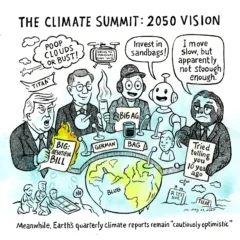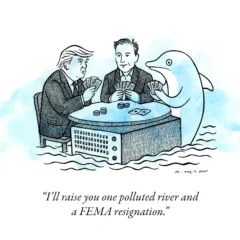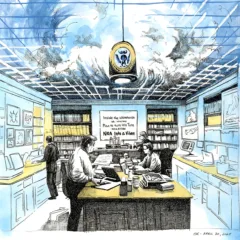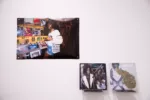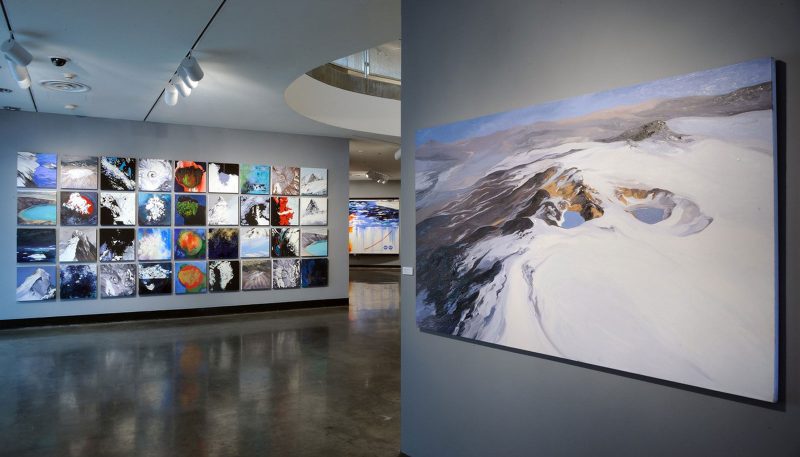
Diane Burko photographs and paints images of monumental geological phenomena. Her artistic practice concentrates on the intersection of art, science and the environment, and she is committed to the pressing problem of climate change. Her exhibition at American University is a timely exhibition that demonstrates that artists can push for change by voicing concerns through their work.
I first interviewed Diane Burko for Artblog in March of 2021, where we learned of her upcoming exhibition at American University. This article is written after viewing that exhibition and builds on the interview. Her show is a presentation of the work related to climate change that she produced in many different media from 2002-2021; it is curated by two well-known feminist scholars, Mary Garrard and Norma Broude. There is an excellent catalog, which is available to read in PDF format for free on the website for the show. Visitors also can purchase a hard copy at the gallery. In addition to notes on the painting process by Burko and essays by the curators, it includes an essay by environmentalist Bill McKibben who has written extensively on the impact of global warming. There are several videos on the website as well, with one a virtual gallery discussion with the artist and curators.
It is important to understand that Burko began her painting career in abstraction, moving later to observational painting based on landscape. Broude notes that underlying the artist’s work are the historical traditions of Romantic landscape painting of the late eighteenth and early nineteenth centuries as well modernist movements such as Abstract Expressionism. Her essay examines the idea of the sublime, connecting it to the catastrophic landscape tradition when artists depicted snowstorms and avalanches and the forces of uncontrollable nature. She places Burko in this lineage but observes that in the present day it is impossible to experience those types of scenes without a realistic fear about the effects of global warming. McKibbben writes that Burko is one of the earliest of the now vast number of artists who put voice and image to the issue of the warming planet.
Burko has been fascinated with enormous geographic spaces for many years, but her engagement with the climate emerged at the turn of the century. By 2006, she connected her images of the land to activism. The body of work on view at American University is part of a year-long series of events around the topic. Burko will only install her work if institutions agree to this type of programming. From early in her career, she was an activist, involved with both anti-Vietnam War protests and the Women’s Movement. The cross-over between anti-war, feminism, and concern for the earth can be documented in the careers of many women artists who emerged in the 1970s. While Burko was not an environmental activist until later, her attraction to grand geological vistas began in the 1970s and became a part of her photographs and paintings in this period. She depicted the canyons and mountains of the Northwest and in the 1980s, the volcanoes of Stromboli, Italy, and Halema’uma’u in Hawaii. She describes herself as an “artist explorer,” and greatly admires the important naturalist of the late eighteenth and early nineteenth centuries, Alexander von Humboldt, who recognized even then that man’s hand could cause serious damage to the earth. Like him, she has travelled extensively, visiting and documenting the geographic wonders of the world. Her paintings are beautiful, a term often seen as a pejorative, but when describing the vast natural spaces of the earth, which are themselves magnificent, it seems fitting that the works match the spaces themselves.
Burko not only uses her own photographs from her many travels, such as those from her first visit to Iceland in 2002, where she observed both volcanoes and waterfalls, but she also works from scientific photographs and maps. In fact, mapping informs much of the works in the exhibition, though she does not reproduce maps, but rather interprets them artistically.
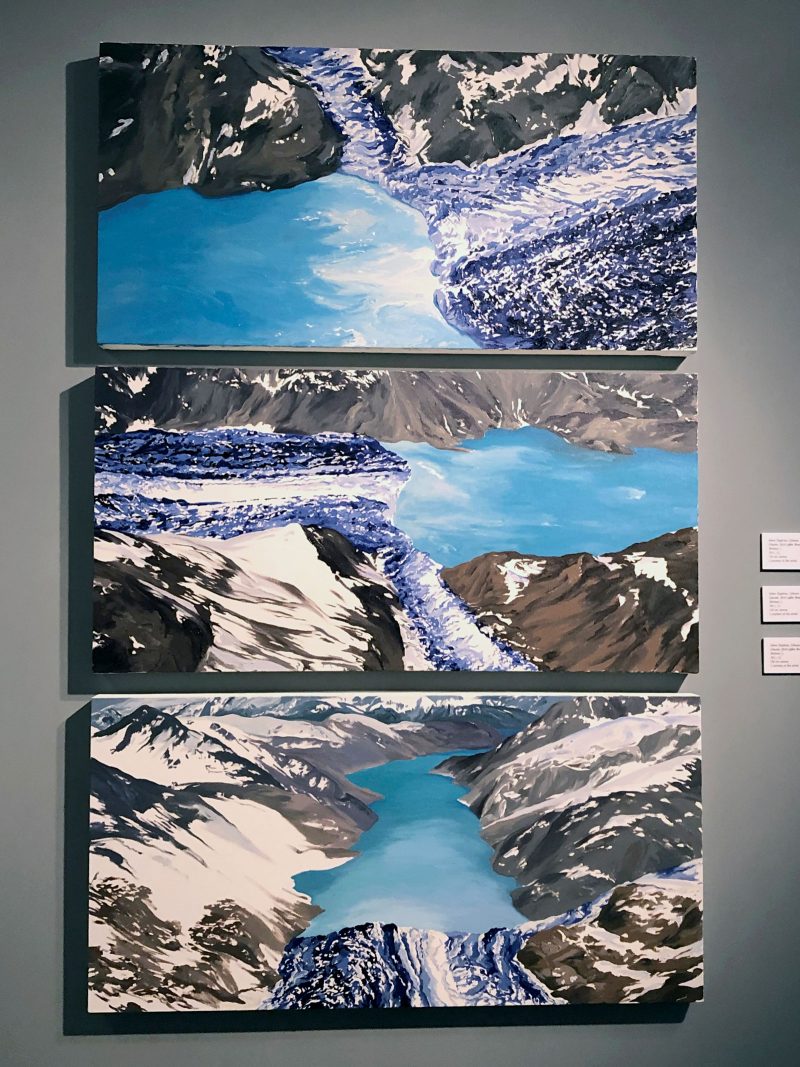
Burko’s paintings of glaciers point out the glaring damage done by increased temperatures. “Johns Hopkins, Gilman Glacier, 2010 (after Bruce Molnia) 1,2,3” created by Burko in 2011-12, are good examples of one of her subjects, melting glaciers, here employing geological survey photography. Again, she does not copy the photographs but aesthetically interprets them. The Johns Hopkins and Gilman Glaciers (Alaska) are physically connected. Burko’s three paintings are based on three photographs by Bruce Molnia, Scientist Emeritus of the U.S. Geological Survey, taken between 1978 and 2012. They show the replacement of blue-white ice by brown mountain rock. The content is shocking but made even more so by Burko’s aesthetic depiction. These images also demonstrate her tremendous painting skills, where she is accomplished in both abstraction and representation. Burko writes, “My path is embedded in the world of painting. It’s the only way I know how to be.”*
One of the most concerning climate change problems is the demise of coral reefs. Rising carbon dioxide levels in the atmosphere is one of the primary reasons for increased acidification and warming waters. Burko began her exploration of this topic in 2017, when she flew over the Great Barrier Reef and then later in 2018 spending a month on an expedition to the South Pacific, exploring reefs along the coast of O‘ahu, Moloka‘i, Lanai, and Maui in Hawaii, and American Samoa. Two paintings that address this topic are ”Hawaiian Archipelago” and “Coral Fan 3.” Utilizing both abstraction and found objects (painted dead coral) as well as text, she presents the beauty of the oceans and informs us of the extent of the damage.
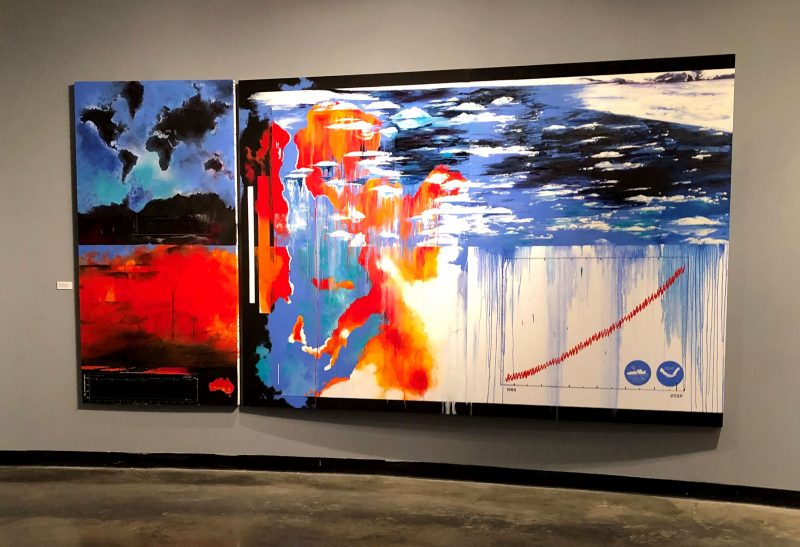
The warming planet has also resulted in a growing number of huge fires. One of her most dramatic paintings on this topic is the diptych “Summer Heat 1 & 2.” Burko’s style lends itself to the drama of these horrific events and harkens back to the catastrophic paintings mentioned by Broude. Only now this is not from the artist’s imagination, but real events experienced by humans and wildlife which we see live on television.
A grid of 36, 20 x 20” paintings created between 2002 and 2021 demonstrates the range of her subjects, from the Viti Lake in Iceland (2002) to the Amazon in South America (2021). Each painting is a jewel, but when placed together, present an overview of Burko’s career and practice. McKibben rightly sees a need for artists, poets, musicians, and other creatives to take on what he describes as “the fight of our lifetimes.” Burko has heeded that call to arms.
“Diane Burko: Seeing Climate Change” Curated by Mary D. Garrard and Norma Broude. On view August 28, 2021-December 12, 2021 at the American University Museum at the Katzen Arts Center in Washington, D.C. Make sure to check out Susan’s March 2021 interview with Diane Burko for Artblog, “Diane Burko talks about flying with James Turrell, becoming a climate activist, and current work”
*Diane Burko, “Thoughts About The Painting Process, Artist Notes, Summer 2019,” in Diane Burko: Seeing Climate Change, American University, 2021.


